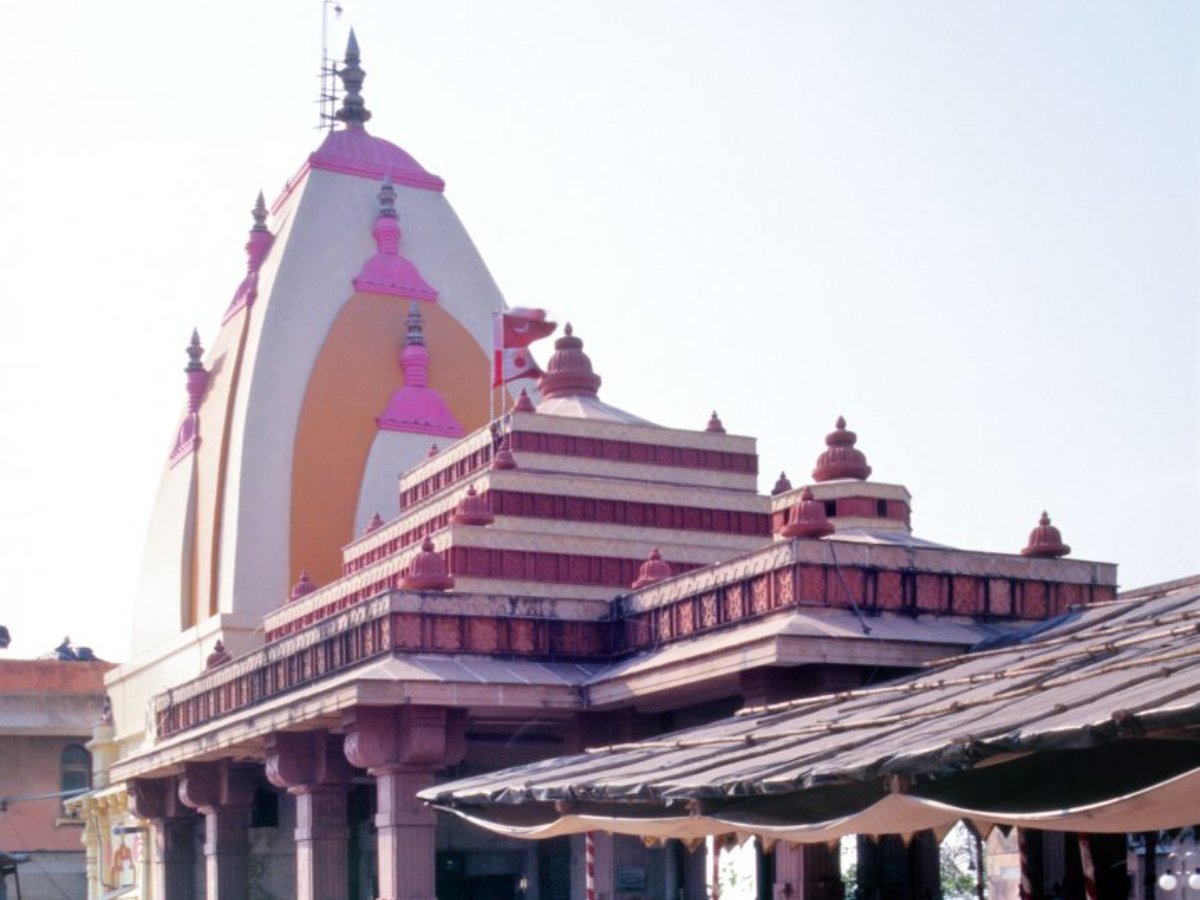Temples In The Depths With Discovering Mumbai’s Spiritual Underground
The mega-city Mumbai expands across two different names: the City of Dreams and the “City of Dreams”. Mumbai exhibits its appeal through high-rise buildings alongside its rich cultural values and unpredictable roadways. Under the modern city’s extensive built-up areas exists an undiscovered network of underground temples which contains both spiritual depth along with historical value and remarkable architectural expertise. The subterranean sanctuaries operate as places of worship while simultaneously supporting the recognition of Mumbai’s extensive cultural and religious relationships with the past. This piece investigates seven interesting features of elusive underground temple complexes in detail.
1. The Historical Significance of Underground Temples
The Mumbai underground temple tradition extends through centuries because different dynasties and rulers built them as part of their historical reign. Underground temple constructions fell beneath ground level to safeguard them from enemy attacks and both natural disasters and damaging elements of opposing armies. The temples originally built by the Silhara dynasty between 810–1240 CE received later support from both Marathas and Portuguese during their time. The survival of these hidden chambers demonstrates that communities used their creativity in architecture to protect their faith in times of need.
2. Walkeshwar Temple

South Mumbai showcases the Walkeshwar Temple complex as its prime emblem at Malabar Hill. The site of the primary Lord Shiva temple draws numerous worshippers each year but its associated underground chambers remain little known to most people. The chambers served former religious and meditative purposes when they offered people weatherproof solitude from urban distractions. Kirti Mandir likely served as sacred spaces for devoted believers who wanted to meditate deeply with their divinity apart from the outside world.
3. Babulnath Temple
The Babulnath Temple stands as a well-known shrine because it contains sacred underground chambers dedicated to Lord Shiva. The underground shrine of this temple requires the visitor to pass through narrow stone steps that lead inside the temple complex near Girgaum Chowpatty. Researchers believe that the concealed space within the temple existed during its initial construction before builders raised the structure above ground. Religious pilgrims who visit the underground chambers define their experience as deeply spiritual because they feel the combination of sacred vibes and peaceful atmosphere.
4. Mahalakshmi Temple’s Cryptic Foundations

The Mahalakshmi Temple located in Mumbai serves as one of the city’s oldest sanctuaries while keeping several hidden secrets buried beneath its base. Archaeological research identifies portions of the temple base which penetrate into underground chambers that were probably used as storage facilities together with sacred ritual areas during older historical periods. Current restrictions do not limit access to these restrictions which highlight how traditional Indian temple architecture depended on cosmic principles to plan every architectural feature.
5. Siddhivinayak Temple’s Lesser-Known Basement Shrines
The Siddhivinayak Temple situated in Prabhadevi stands as an emblem for prosperity because people worship Lord Ganesha there. The temple premises hold numerous small shrines which most people who visit the temple fail to notice. Devotees can find extra opportunities to pray because the shrines contain idols of Goddess Annapurna and Lord Hanuman in addition to the primary deity. These temples are reached through corridors that maintain dim light as a result which creates a spiritual environment for devotion.
Final Thoughts
Mumbai’s historically hidden temples represent both historical times and current-day realities that demonstrate the city’s permanent vitality together with cultural variety. The subterranean temples at Walkeshwar combine with the concealed sanctuaries at Siddhivinayak to reveal historic stories about faith and architectural skill as well as survival. The development of Mumbai into an international megacity requires immediate action for protecting its hidden treasures. Our commitment to awareness campaigns and conservation efforts will secure the longevity of these underground sanctuaries so they continue inspiring future generations. When you travel to Mumbai make the effort to visit these hidden sights because they could create a spellbinding experience.
News